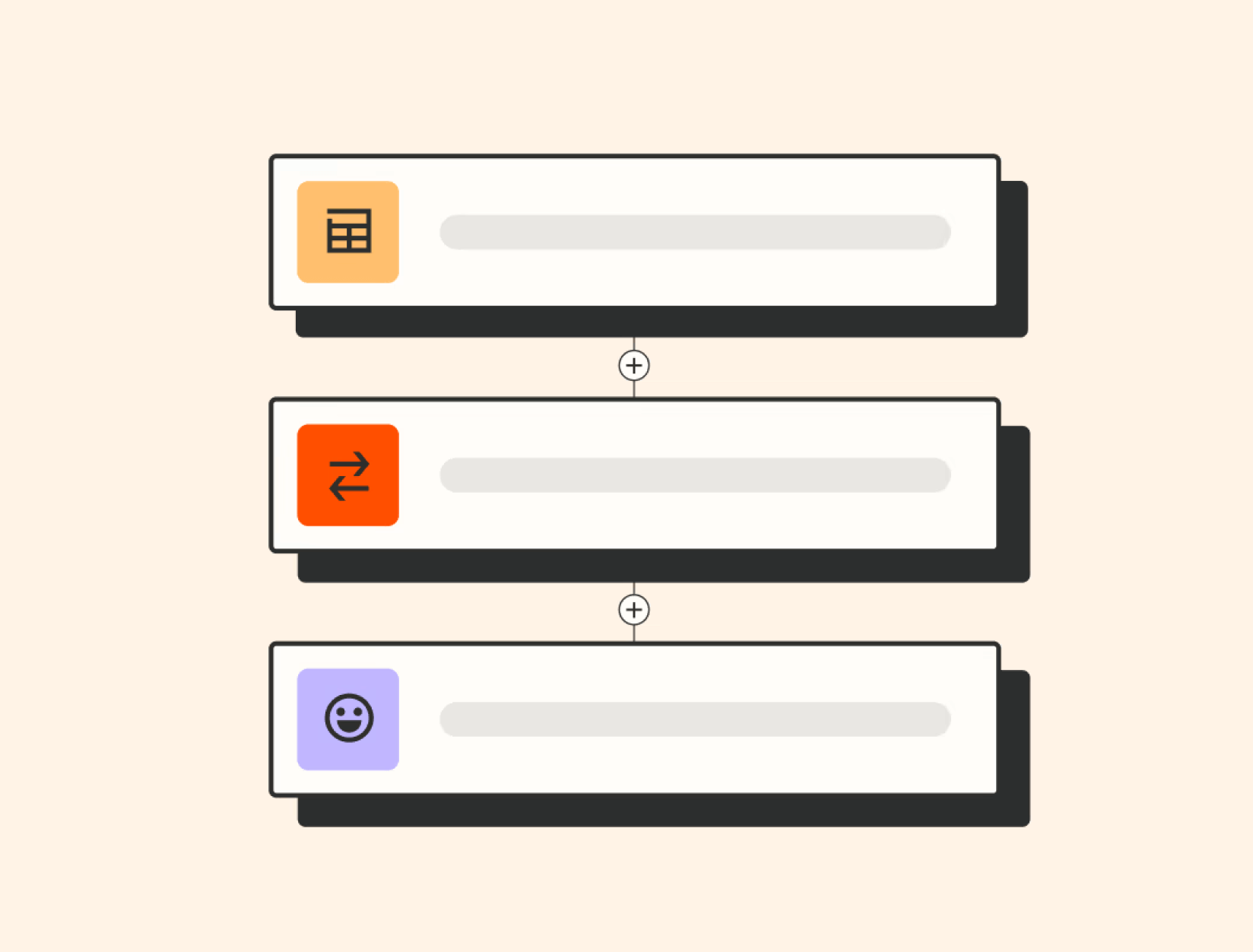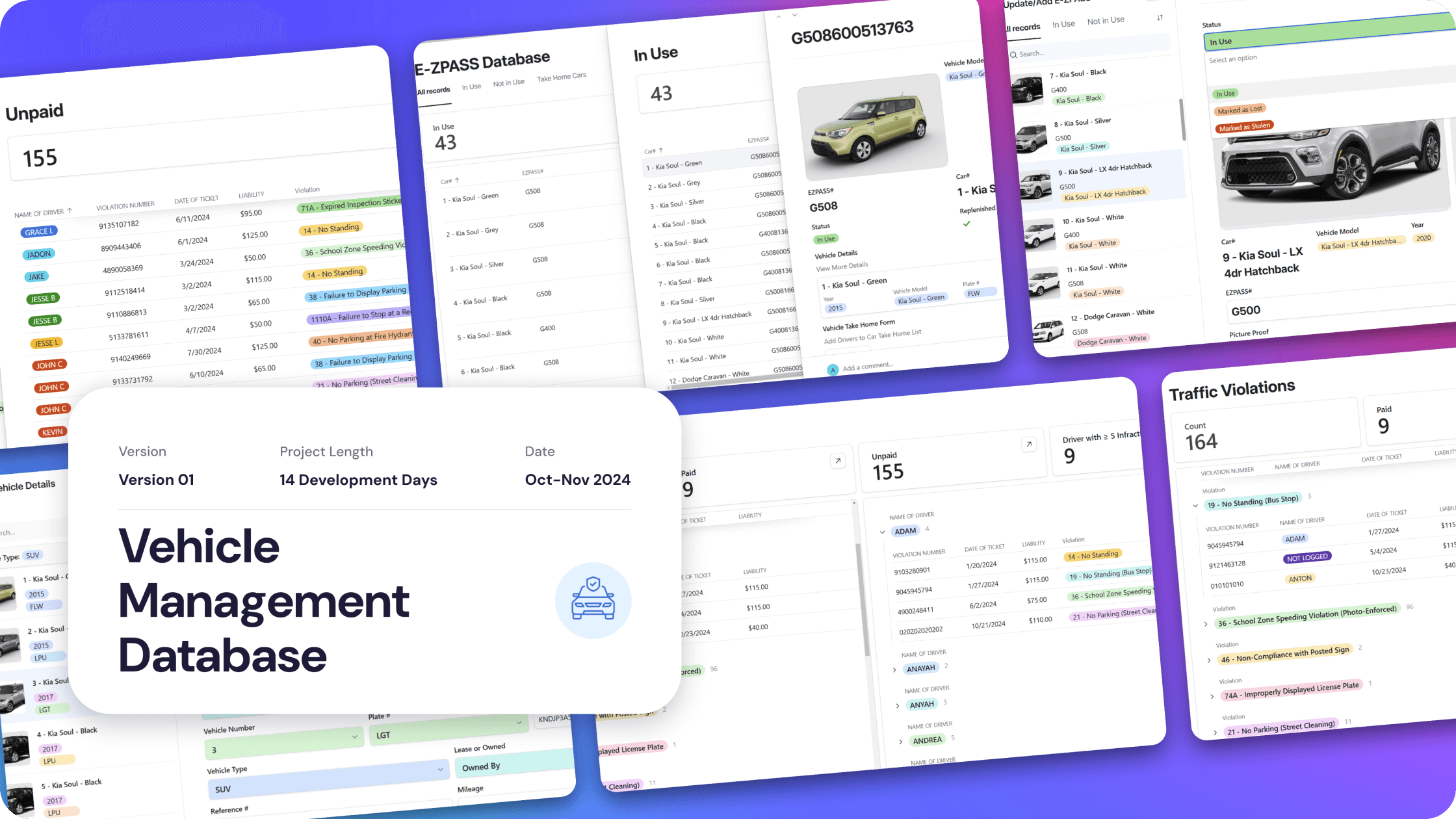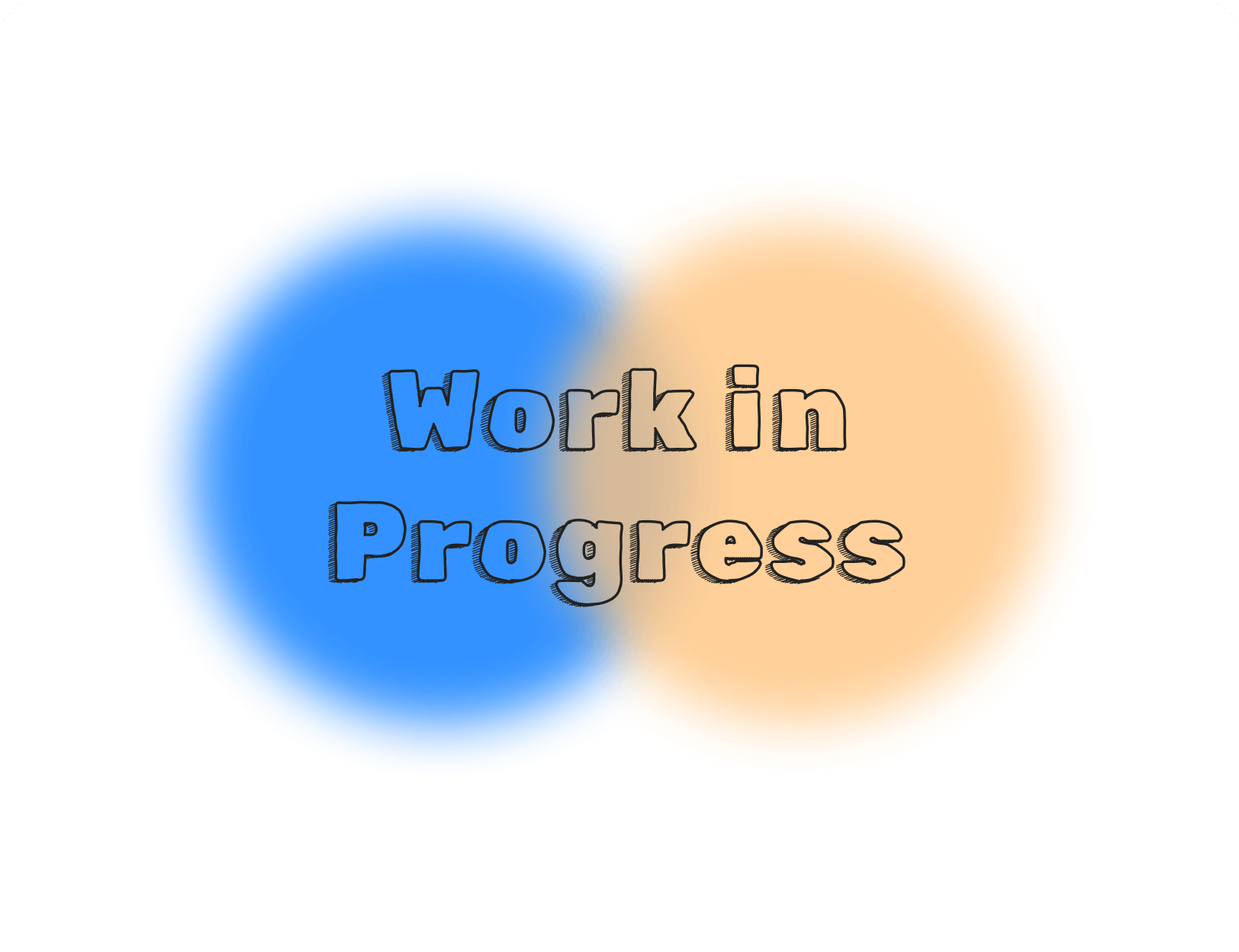Case Study -
Digital Lead Distribution
Eight months after implementing the automated lead distribution system, evolving business needs called for a more sophisticated solution. The company's growth demanded enhanced control over lead allocation, particularly to manage varying distribution volumes across offices. This new requirement stemmed from the need to:
- Adjust lead flow based on staff experience levels, from new hires to veteran employees
- Optimize distribution to high-performing offices with proven ROI
- Prevent work overload through smarter volume management
- Monitor contact rates and protocol compliance in the lead conversion process
The enhanced system would need to provide administrators with granular control over these parameters while maintaining detailed tracking of the entire lead-to-customer conversion journey.







An integral part of this new framework would be the focus on improving lead response time in order to monitor and identify customer satisfaction rates which in return could help boost conversions and revenue.
As I have been with the company throughout the adoption period of the automated distribution system, I was familiar with the workflow and knew the areas of improvements in which the staff could benefit from and meet managerial requirements for this system restructure.
From the initial development, I was aware that this system transition would require a custom-built solution, however, through research for other projects, I was mindful that we weren’t pioneers for this type of implementation and the need to reinvent the wheel wasn’t necessary.
I then revisited my past projects for resources to use as reference, I looked into Pipedrive CRM software to discover how their model of lead distribution operates, as well as articles from McKinsey, specifically their insights on building blocks of successful CX transformations in order to incorporate and invest on the customer experience journey in this project.
Following a period of discovery, research, diagramming, and trial testing with various models, I landed on a new workflow process that would phase out the current system which had been distributing leads from a central inbox to office-specific inboxes in a round-robin fashion to a new pipelines solution that would assign leads directly to the sales agents which would be accessible directly in the company's proprietary CRM.
The process flow was built using Zapier which would trigger when new leads reached the central inbox, it would then follow a series of steps to extract key details from the form submission. As a penultimate step, I created a custom JavaScript module to handle the assignment of lead-to-agent, this step used a encryption key to store the value of the last agent who was assigned a lead and then assign the next incoming lead to the next agent in the list using their staff ID.
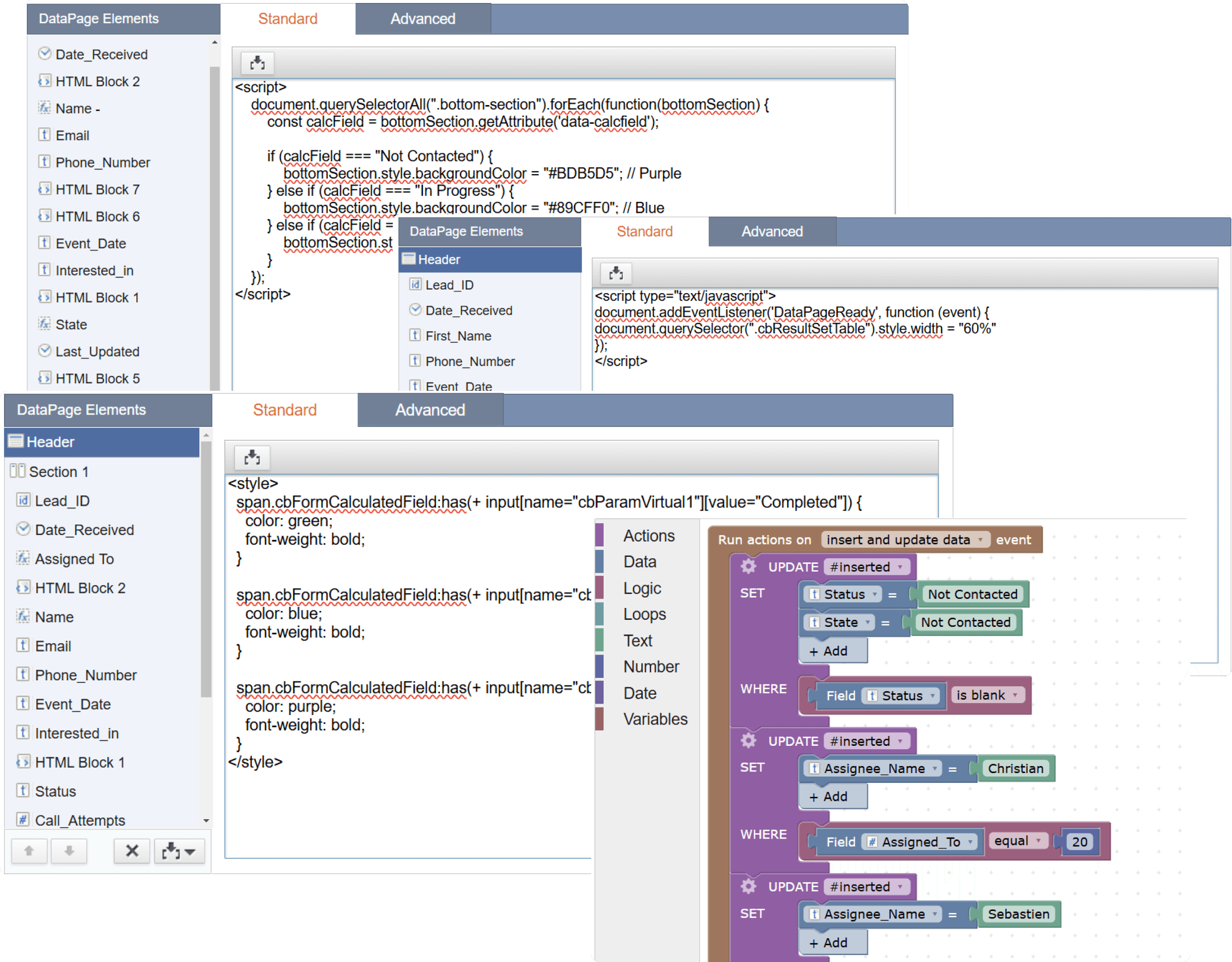
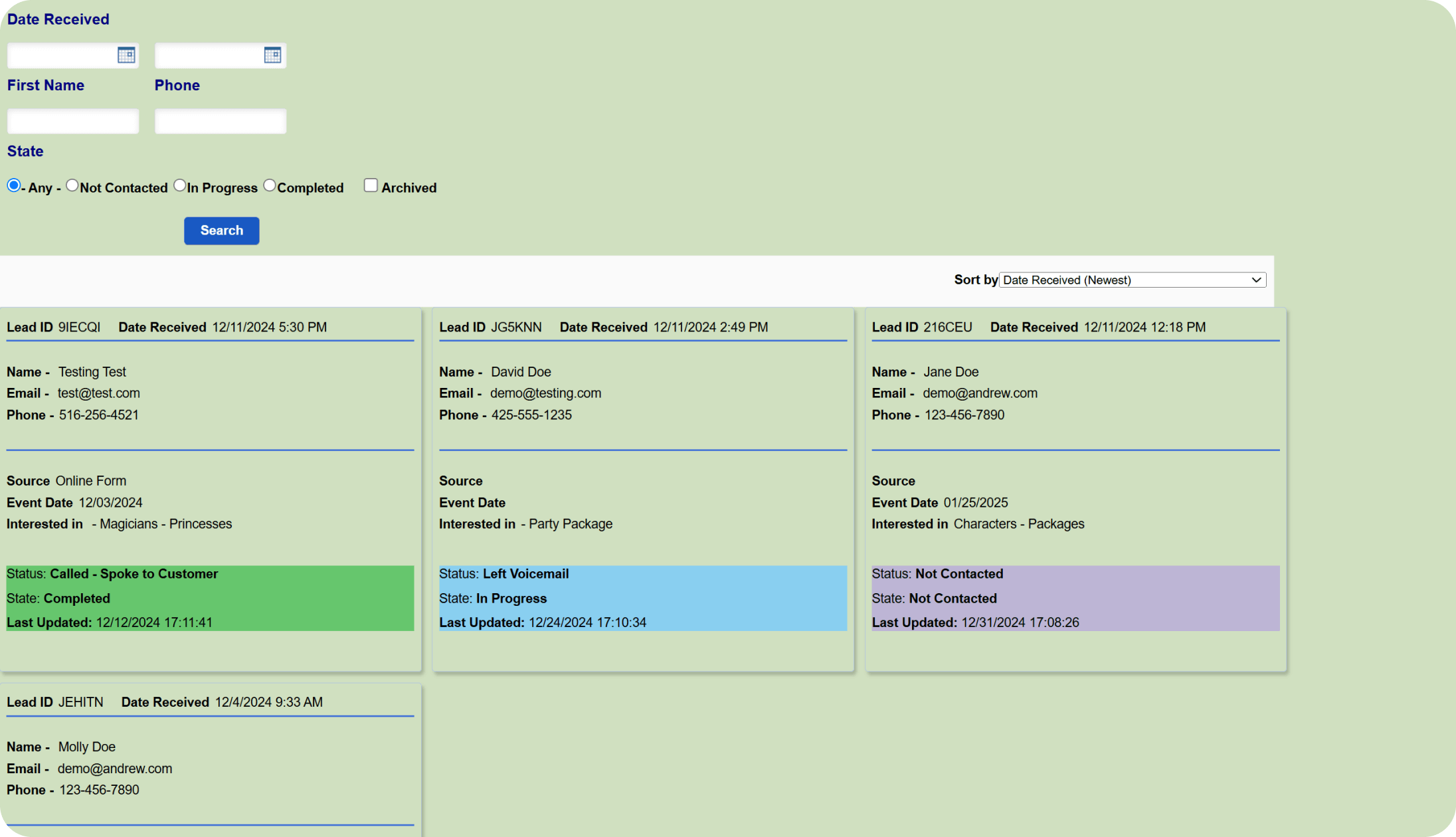



As a last step in the Zapier workflow, the information would be pushed into a newly created table in the CRM, with the agent already assigned to the corresponding record.
During the testing phase, I kept the new system active to test its efficiency, accuracy, and work out any imperfections with it while I moved to develop and build the front-end interface.
The front-end interface had its own set of requirements:
- User-Friendly - The front-end needed to be simple and straight-forward. The design would focus on minimizing clicks, scrolling, and emphasize the ease and practicality for agent to perform their daily tasks.
- Status Update Tracking - The system would allow users to select an option for what the resolution with the lead was. A KPI never tracked before.
- Automated Tasks - The system would contains micro-automations in the backend which would affect the front-end, such as automatically archived a lead once the status is set to a certain stage, and re-assigning leads in case of the absence of an employee.
- Admin Dashboard - Develop and deploy metric charts accessible to admins to track and monitor performance, view status stage of leads, follow-trough rates, manually add leads, and manually leads in bulk.
Following exhaustive testing of system, revisions and feedback for the front-end from peers, the new system was deployed and had proved itself effective from day one, with the input from the sales agents as a elevated system that was more efficient and convenient compared to its predecessor.
The final product comprised of a robust framework that met all requirements imposed and was above expectations than what it was anticipated to be.
The new system gave admins insights into daily production, allowed to automatically switch the routing of leads for a different weekend sales team without manual input, allowed sales team to contact potential customers in one click, provided a systematic lead allocation, allowed admins to quickly and easily add or remove staff from the lead rotation, provided insights into individual performance.
Overall, the new and improved workflow elevated response time, eliminated manual input, provided administrators with quantifiable KPIs, and established a comprehensive, and scalable framework that operates flawlessly in the background, streamlining processes to enable staff to achieve more, resulting in boosted productivity in a optimized work environment.






.png)
